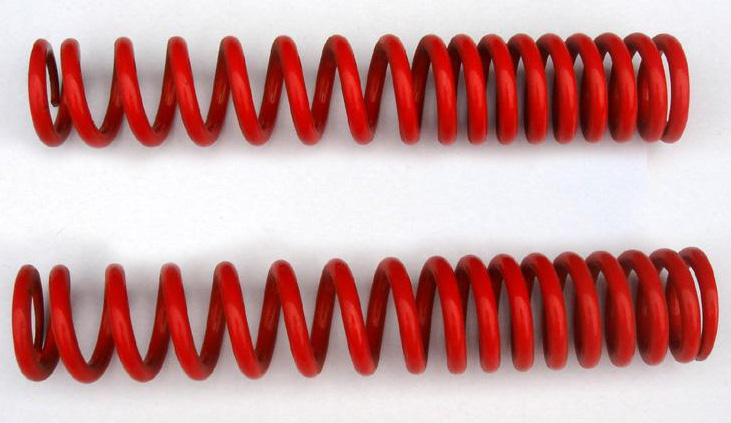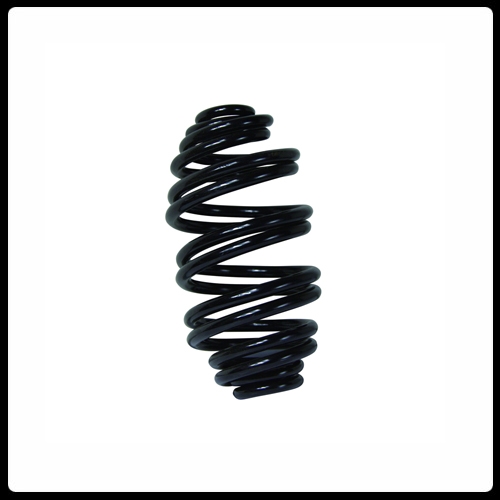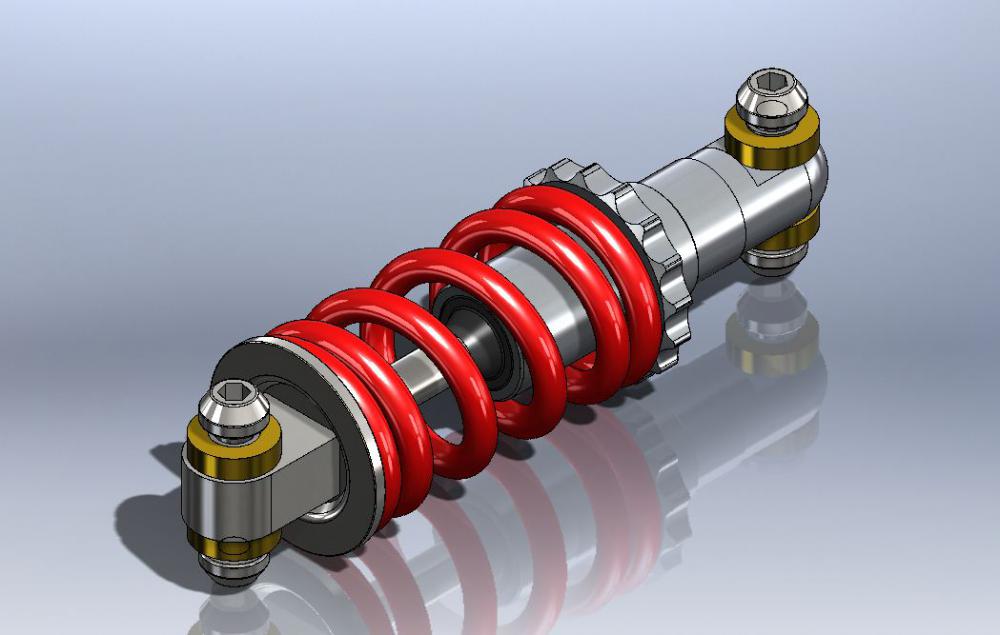· Tap water purification, industrial water purification, electroplating wastewater purification, pure water treatment, beverage water treatment, food, medical water purification and electronic ultrapure water preparation.
· Decolorization of sucrose, decolorization of xylose, decolorization of monosodium glutamate, decolorization of citric acid, decolorization, refining and purification of impurities in pharmaceuticals, chemical products and food additives.
· Degrease of oil, oil, decolorization of gasoline, decolorization of diesel, impurity removal, deodorization, purification of alcohol and beverages, deodorization, and impurity removal.
·Chemicals are used in the decolorization and purification of various organic and inorganic drugs such as esters, phenols, citric acid, oxalic acid, etc.
·Environmental engineering wastewater, domestic wastewater purification, decolorization, deodorization, organic wastewater treatment to reduce COD.
2. Used for gas phase adsorption activated carbon
· Exhaust gas purification and recovery, benzene recovery, toluene recovery, xylene recovery, acetone recovery, oil and gas recovery, CS2 adsorption and other organic solvent adsorption and recovery.
· Cigarette filter, decoration deodorization, indoor air purification (formaldehyde, benzene removal, etc.), industrial gas purification (such as CO2, N2, etc.).
· Petrochemical industry production, gas station gasoline recovery, dry cleaning machine tetrachloroethylene adsorption, natural gas purification, desulfurization, deodorization, waste gas treatment.
· Air purification and deodorization in biochemical, paint industry, underground places, leather factories, and animal breeding places.
· Odor adsorption of flue gas, ammonia NH3, sulfide adsorption, removal of mercury vapor.
3. Used in high-demand areas of activated carbon
·Precious metal treatment, synthetic diamond, gold extraction, etc.
Catalyst and catalyst support (palladium carbon catalyst, rhodium carbon catalyst, rhodium carbon catalyst, platinum carbon catalyst, nickel catalyst), precious metal catalyst.
Catalyst carrier, vinylon catalyst carrier, cyanuric chloride carrier, organic synthesis catalyst, vinyl acetate carrier.
· Blood purification, car cans, gasoline recovery, electric double layer supercapacitors.
[Precautions in the process of shipping the coconut shell activated carbon]
1. The coconut shell activated carbon is prevented from being mixed with hard materials during transportation. It is not allowed to step on or step on to prevent the carbon particles from breaking and affecting the quality.
2. Storage should be stored in porous adsorbent, so water immersion should be absolutely prevented during transportation, storage and use. After water immersion, a large amount of water is filled with active voids, making it useless.
3, to prevent tar substances in the use process, should prohibit the tar substances into the activated carbon bed, so as not to block the activated carbon gap, so that it loses its adsorption. It is best to have a decoking device to purify the gas.
4. When the fire-activated activated carbon is stored or transported, it should be prevented from direct contact with the fire source to prevent oxygen from entering the fire and regeneration when the activated carbon is regenerated. The steam must be cooled to below 80 °C after regeneration. Otherwise, the temperature is high and oxygen is encountered. Activated carbon spontaneous combustion.
[Application of activated carbon in circulating water treatment]
Power plant water often comes from surface water, groundwater, coastal areas and areas lacking fresh water. Water is often used as a supplementary water source. These waters must be treated by high-purity water equipment such as sedimentation, filtration, desalination and degassing. The equipment can be processed before entering the water circulation system of the power plant.
The water vapor circulation system of the activated carbon thermal power plant has strict water quality requirements for the water as the working medium and the cooling medium of the thermal system. For example, the high-pressure boiler feed water requires not only low hardness, but also extremely small dissolved oxygen, solid content and organic matter content. Water that does not meet the water supply standard will make the power plant equipment unable to operate safely and economically. The reverse osmosis desalination treatment system, double bed, mixed bed ion exchange high purity water system ultrapure water treatment equipment, etc. are needed to treat the super high pressure boiler feed water of the thermal power plant. To this end, quality indicators for various water uses in thermal power plants have been developed. It is best used when using activated carbon in coconut shell high iodine value activated carbon, fruit shell water purification activated carbon, softened water quality, softening and demineralizing equipment, ultrapure water treatment equipment, seawater desalination equipment, and high purity water equipment. The function of open circulating water and closed circulating water is the same, and cooling water is supplied to the condenser and auxiliary machinery of the steam turbine. Unlike closed circulating water, open circulating water does not require a dedicated cooling tower. Usually, open circulating hydropower plants are located near the Dajiang River, and the cooling water is taken from the big rivers and discharged to the big rivers.
[Relationship between pore structure and application of activated carbon]
Activated carbon is often used to adsorb molecules, and adsorption determines the applicability, while adsorption is related to the pore size distribution of various carbon types. Take the steam-activated peat-based, lignite-based and coconut-shell-based powdered activated carbon as examples:
Peat-based activated carbon has micropores and mesopores for a variety of applications;
The lignite-based carbon material has more mesopores and a larger mesopores, providing excellent accessibility;
The coconut shell-based carbon is mainly microporous and is only suitable for low molecular removal.
Chemically activated activated carbon is very porous, mostly in the microporous and mesoporous range, however, compared to water vapor activated activated carbon, chemically activated activated carbon has a less hydrophobic surface and more negative charge.
Take extruded and broken granular activated carbon as an example:
Peat-based extruded activated carbon can be made into a variety of different pore size distribution varieties. Microporous-based varieties are mainly used for gold recovery in gas phase applications. Most of the microporous and mesoporous varieties are used in liquid phase applications, such as adsorption of small molecules and macromolecular impurities in water purification.
Broken coal-based carbon combines micropores and mesopores for a variety of applications.
The lignite-based or coconut-shell-based granular activated carbon has the same microporous and mesoporous structure as the powdered charcoal.
What are the performance indicators of activated carbon?
The performance indicators of activated carbon products can be divided into physical performance indicators, chemical performance indicators, and adsorption performance indicators. Three performance indicators play a very important role in the selection and application of activated carbon.
The main physical performance indicators are: shape, appearance, specific surface area, pore volume, specific gravity, mesh number, particle size, wear resistance, and floating rate.
The main chemical performance indicators are: PH value, ash, moisture, ignition point, uncarbide, sulfide, chloride, cyanide, sulfate, acid soluble, alcohol soluble, iron content, zinc content, lead content, arsenic content, Calcium and magnesium content, heavy metal content, phosphate, etc.
The main adsorption performance indicators are: methylene blue adsorption value, iodine adsorption value, phenol adsorption value, carbon tetrachloride adsorption value, caramel adsorption value, quinine sulfate adsorption value, saturated sulfur capacity, sulfur penetration capacity, water capacity, Ethyl chloride vapor protection time, ABS value, etc.
Features of damper springs are spring pitch changeable,advanced manufacturing and testing equipment,strict quality control and management,standard material,responsive service,high quality with competitive price,strong capability of self-research and self-innovation and can provide one stop service from initial design to through prototype to finished products.





Damper Spring,Damper Gas Spring,Mass Damper Spring,Steel Damper Spring
Changyi Precision Spring Co.,Ltd , http://www.cps-spring.com